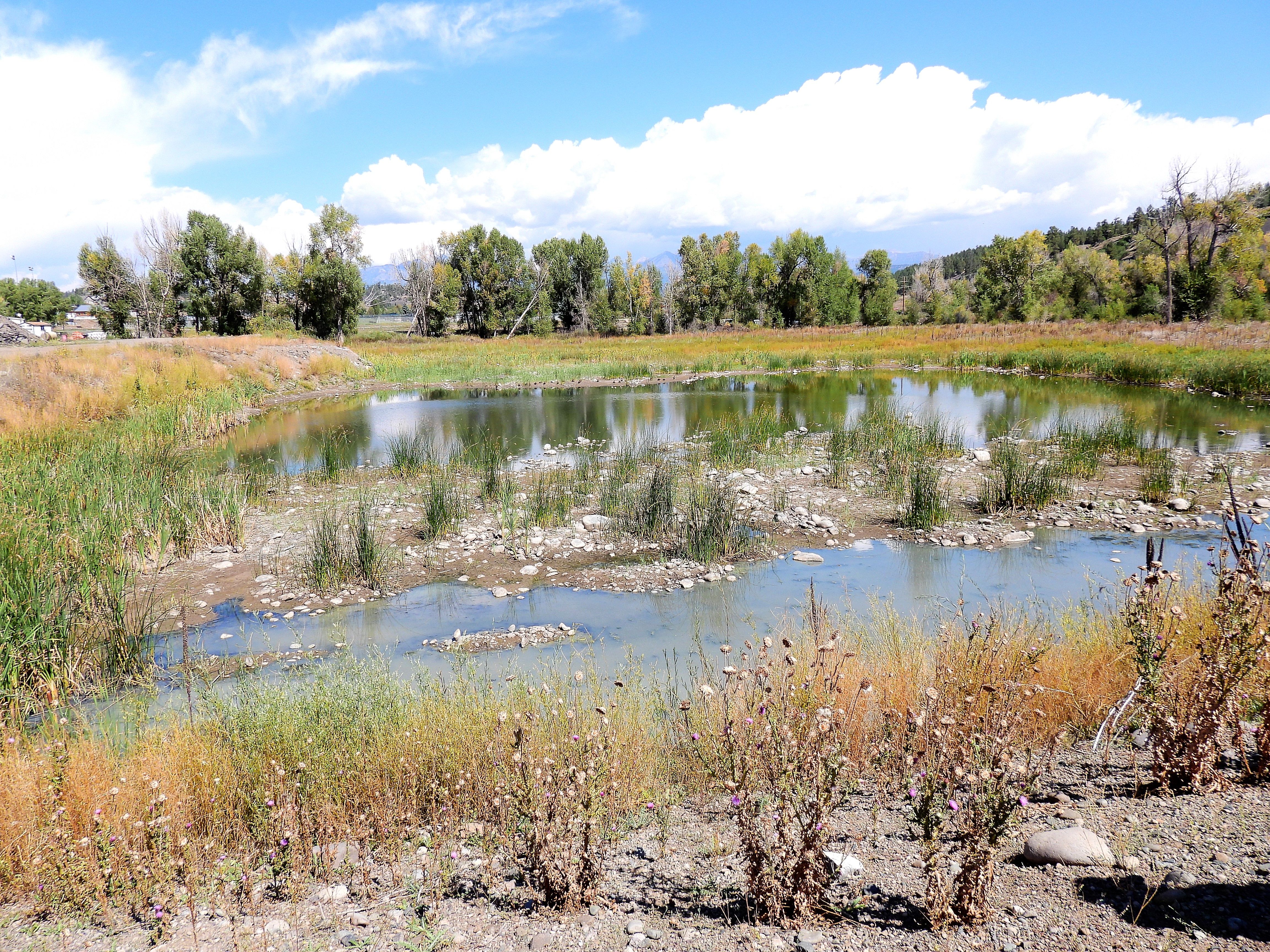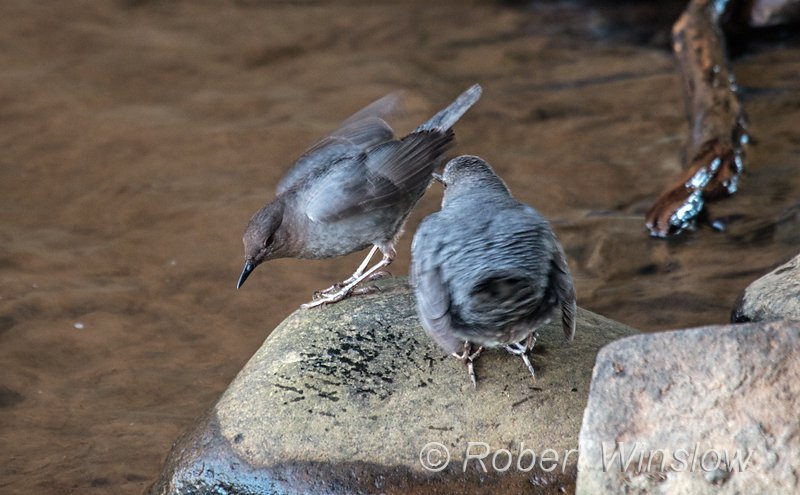Suitable habitat and past detections suggest that Mexican Spotted Owls (MSOs) could be breeding in remote terrain of the HD Mountains in SW Colorado. But are the birds there? MSOs are protected under the Endangered Species Act (ESA) and their numbers are limited by suitable nesting habitat. Their historic range is shrinking as a result of disturbances including timber removal practices, wildfire, and oil and gas development. Can you find a bird who hunts at dusk and at night, roosts during the day and is most vocal during breeding season when snowfall limits access?

Forming a partnership with San Juan Citizens Alliance and members of the Fort Lewis College SEEDS Ecology club, members of Weminuche Audubon Society (WAS) alongside Audubon Rockies staff, set out to answer this question last winter and spring. Thanks to a grant from Denver Audubon’s Lois Webster Fund and individual donations, WAS was able to purchase Autonomous Recording Units (ARUs) from Cornell Lab of Ornithology’s K. Lisa Yang’s Center for Conservation Bioacoustics, a relatively new technology used to record the unique calls of birds. When used in tandem with Raven Pro software to effectively scan thru hours of auditory data in a condensed amount of time, this system is capable of passive and remote animal detection in areas often found to be “inaccessible”. In this case, we were hoping to locate MSOs during their most vocal months in the depths of the San Juan National Forest.
After adjusting recording settings on the ARUs, camouflaging the units for protection in the field, and determining suitable locations for placement, project volunteers set out on snowshoes to install the units in late winter 2023. Each month, team members returned to retrieve SD cards, refresh the units with batteries and new SD cards, and ensure further recordings for the months to come.

Though the project found no definitive vocalizations for MSOs, there were several indirect gains from going through the motions. Team members gained invaluable experience learning how to program, implement in the field, and analyze data from the use of ARUs. At the September WAS meeting, chapter member Kurt Huffman explained how the ARUs were used in our MSO Project, how the data captured by ARUs is analyzed and the exciting possibilities for future use. WAS volunteers have since installed these units in search of Pinyon Jays, as this species is in a steep rate of decline and a candidate for future ESA listings.
See the below link to learn more about how ARUs are being used for Conservation Biology:
www.allaboutbirds.org/news/what-does-conservation-sound-like/


















